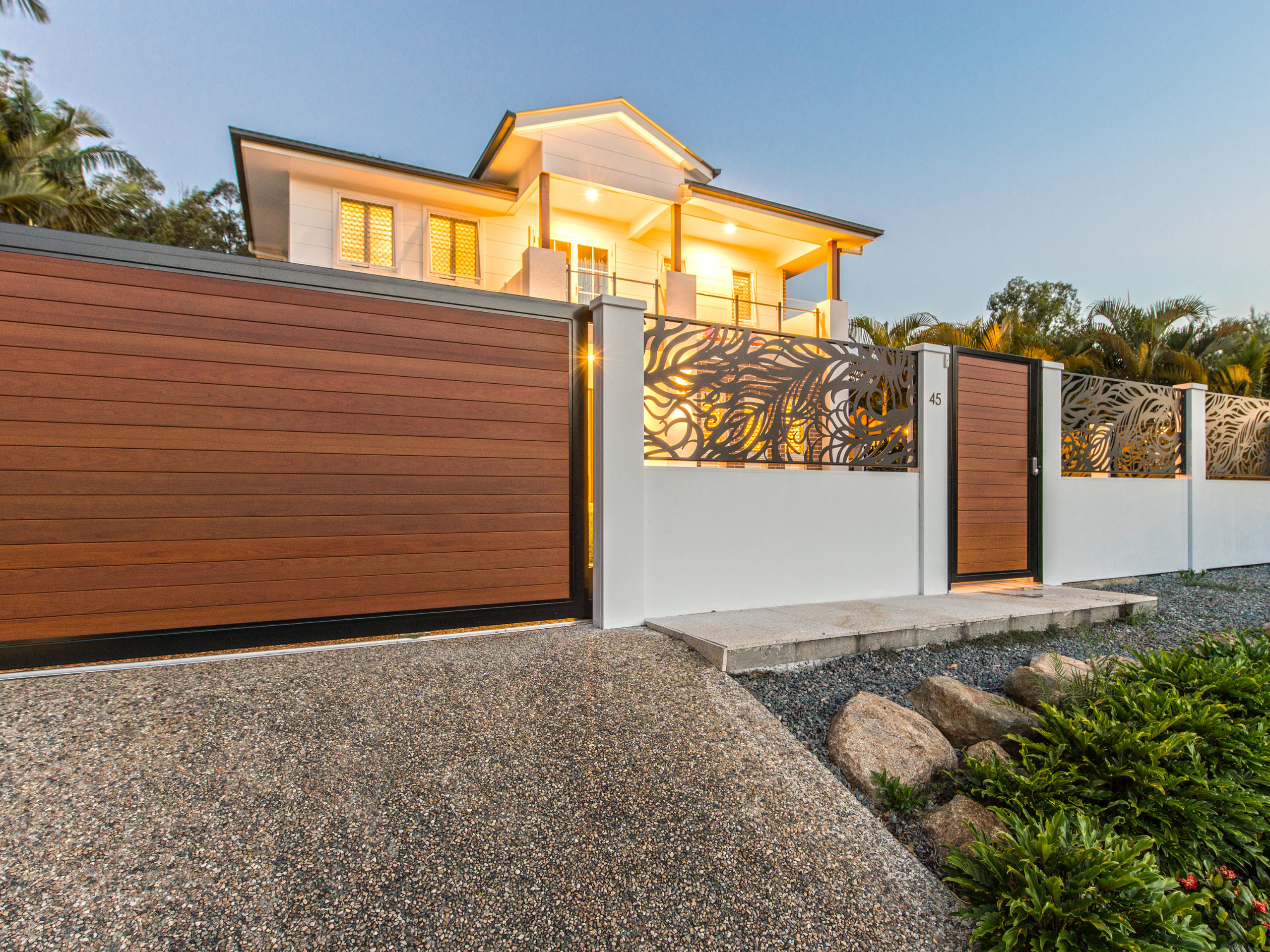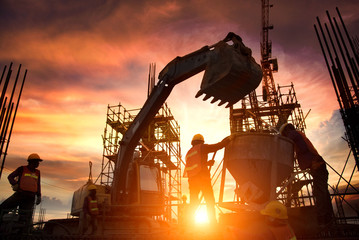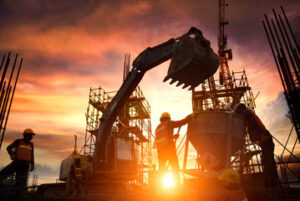A well-maintained boundary wall is a great way to add value to your property. It deters unauthorized access, enhances property safety, and provides privacy.
It also helps you avoid costly repairs and maintenance. However, you should consult a registered land surveyor before building a new boundary wall. The height of the wall should be in line with local regulations and not obstruct pedestrians or road traffic. Contact Boundary Walls Perth today!

Bricks are a versatile building material that can create boundary walls. These walls provide security, improve the property’sproperty’s aesthetics, and add value to the home. However, they must be constructed with great care and attention to detail. Choosing the right brick for the job and installing it properly is important. If you need to familiarize yourself with the building, you can hire a professional to help you.
A masonry wall can be designed with cladding materials like tiles, marble, or shera panels. These can be applied over the existing masonry wall to enhance the appearance. This technique is often used in institutional buildings and grand bungalows. The cladding layer is also resistant to water and other weather elements. It is an excellent way to protect the exterior of your home from damage and keep it looking new for years to come.
The height of a boundary wall depends on local council regulations. They may restrict the maximum height of a boundary wall or require specific design elements. The height of a standard boundary wall is 4 feet, but it can be as high as 8 feet.
Boundary walls are made from various materials, but concrete and bricks are the most popular choices. These walls are strong, durable, and cost-effective. They can also be decorated with unique features to make your property stand out.
Besides marking the physical boundaries of the land, these walls can be an effective deterrent against criminals, trespassers, and stray animals. These walls are a great way to protect your family, pets, and garden from the harsh outside environment.
The basic components of a boundary wall are posts, rails, and piers. Posts are the vertical parts of the wall, and rails are horizontal pieces that connect them. The piers are taller sections of the wall that support the lower section. The piers help reduce the pressure on the lower wall and prevent it from bending or bowing under the lateral load.
Boundary walls can be built using several materials, including bricks, stone, and concrete. Bricks are a common choice for boundary walls because they offer durability and longevity. They are available in various colors and styles, making them an excellent option for any property.
The walls that separate one property from another can be made of various materials, including stone. These walls can provide privacy, deter unauthorized access, and protect the landscape from wind and weather damage. Additionally, they can help to reduce noise pollution from nearby roads and other sources of disturbance.
Dry stone walls are built without mortar and rely on the strength of the individual stones to hold each other in place. These walls can be made on rocky ground where fence posts cannot be driven and often improve land by adding a layer of stone that breaks up soil erosion. They also serve as a habitat for plants and animals, providing bare rock to support lichens, liverworts, and mosses. They can also create a range of microclimates, with south-facing walls offering warm, sunny positions for warmth-loving insects and basking (and hibernating) reptiles. In addition, they can help reduce noise pollution by acting as a sound barrier.
A good way to build a stone wall is to lay the foundations and start building up, working in layers. It is important to fit the stones together as in a jigsaw puzzle and avoid turning them on end. It is also important to use long through rocks at the corners and connections of the walls to strengthen them. In addition, it is important to avoid laying the stones in a stepped pattern, as this can result in a weakness at the top of the wall.
A stone wall can be constructed in various ways, depending on the homeowner’s preferences and the type of stone available. For example, a wall can be made from locally sourced or natural stones, or it can be made with precast stone. The advantage of using precast stone is that it can be manufactured under controlled conditions, which ensures consistency and quality. It also reduces construction time and allows for a faster return on investment. In addition, it is environmentally friendly and cost-effective. It is also a good choice for homeowners looking to increase their property’s value.
Wood is one of the oldest materials used for fencing. It has a beautiful, natural look that can be customized in several ways. Moreover, it is an eco-friendly option that offers a variety of benefits for property owners. A good quality wood boundary wall is hardy and durable. It can withstand strong winds and other external elements. Additionally, it can protect children and pets from wandering outside the property.
Another popular option for boundary walls is stone. These walls are usually built in hilly areas and offer an aesthetic appeal. Proper bonding is needed to ensure the stability and strength of this type of boundary wall. They are also a cost-effective solution for demarcation purposes.
Masonry walls are often constructed of ashlar or rubble masonry and mortar. They can be found in urban and rural settings and help define a property’s size. These walls are also popular in heritage buildings and may have decorative features like arches, niches, or stoups.
Bricks are another popular choice for boundary walls. They can be used in various styles and sizes and easily modified to match your home’s architectural style. They are also easy to repair and can last for a long time. However, they are less strong than other types of boundary walls, so it’s important to consider their structural integrity before choosing this type of structure for your home.
Many people need to take their homes’ front and boundary walls seriously and often overlook the importance of a well-designed fence. The first step in determining the best design for front and boundary walls is to consider the overall architectural style of your home. A well-designed fence can contribute to the beauty and charm of your house, but it can also increase its security and privacy.
Boundary walls are crucial to any property but are only sometimes built properly. Often, they’re thrown up with a low standard of reinforced concrete work and not considered part of the foundation of a building. Over time, this can lead to a wall that could be more stable. In some cases, a poorly constructed boundary wall can even cause damage to the adjoining properties.
A metal boundary wall is a great option for anyone who wants to add security and privacy to their home. They can be made from various materials, including bricks, stone, wood, or metal panels. They are strong and durable and can be painted in multiple colors. Some even come with a wood-grain finish, making them a unique choice for any home.
A stone-clad boundary wall is a beautiful way to protect your property and add an elegant touch to your home. It is also easy to maintain and can be built in various shapes and sizes. This type of wall can create a privacy screen or frame the entrance to your driveway. It is also good for those who want to keep their plants and animals safe from predators.
Another type of boundary wall is a chain-link fence made from galvanized or LLDPE-coated steel wires bent into a zig-zag pattern. These are then attached in a chain-link fashion and can be topped with razor wire for extra protection. This type of fence is popular for residential use, as it is incredibly sturdy and offers excellent security.
If you want to give your home a more modern look, you can build a boundary wall from concrete blocks. This type of wall is easy to construct and can withstand lateral loads, but it’s important to ensure the foundation is stable. Additionally, it’s important to use a high-quality cement mix for the best results.
A compound wall can be built from various materials, including cement concrete, bricks, stone, sand, aggregate, metal panels, and polyvinyl chloride. It can be designed in multiple styles to suit any taste, including decorative features like gates and arches.
The main advantage of a compound wall is that it helps define your boundaries and protects you from animals and trespassers. In addition, it can help to prevent erosion and floods.


